ABOUT THE AUTHOR A K Sharma
Shri A.K. Sharma is an archaeologist of repute. He is internationally known for his original contributions in the field of archaeology and anthropology. During thirty three years of his hectic career, in different capacities in the Archaeological Survey of India he explored and excavated a number of sites throughout the length and breadth of the country, particularly in remote and inaccessible areas of North-East India, Jammu Kashmir and Lakshadweep. To his credit goes the discovery and excavation of the biggest Stone Age site Anangpur, near Delhi, the biggest prehistoric cave of Kachagad in Maharashtra, the sprawling nucleus megalithic site in Chhattisgarh, unique Neolithic site of Gufkral in Kashmir Valley, early historic sites of Sekta in Manipur and Vadagokugiri in Garo Hills of Meghalaya. He is also known for the discovery of horse bones of domesticated horse in Harappan context which have been internationally acknowledged and has changed the whole theory about Aryans and Vaidic period. He worked at Kalibangan excavation from 1961 to 1969. He has to his credit more than 50 published research papers on anthropology, archaeozoology, prehistory and other aspects of archaeology. Presently he is working as Senior Fellow of Indian Council of Historical Research on his project “Megaliths of Chhattisgarh including Bastar:. He is also directing the excavations at Mansar near Nagpur.


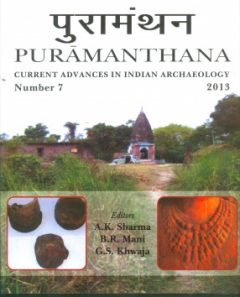
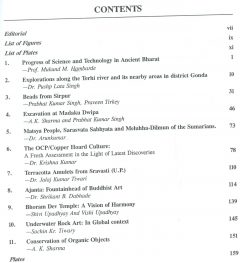

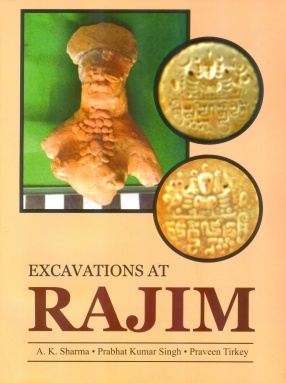
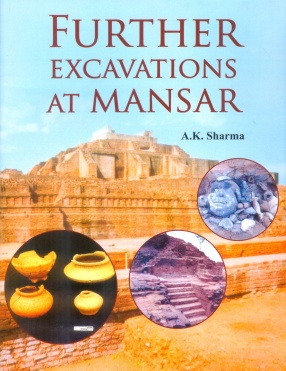
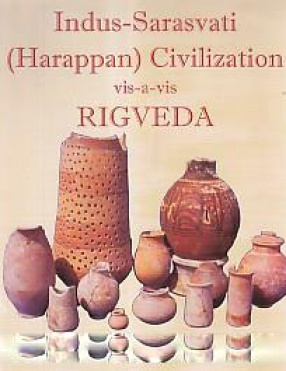
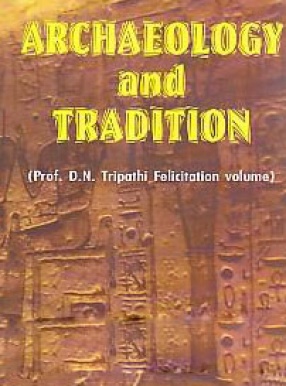
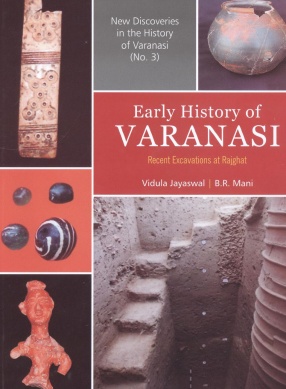
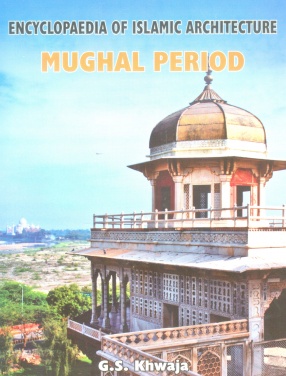
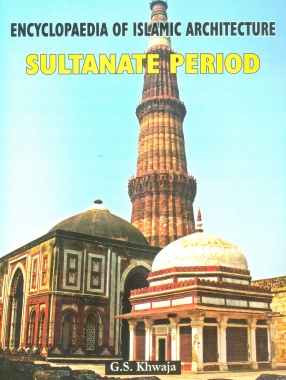
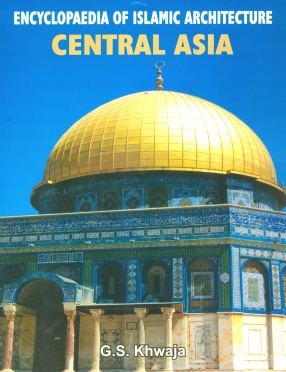
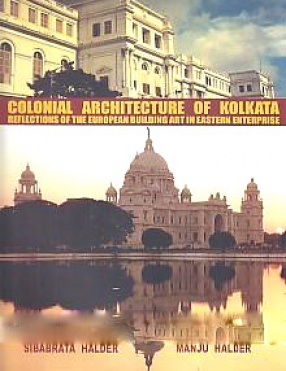
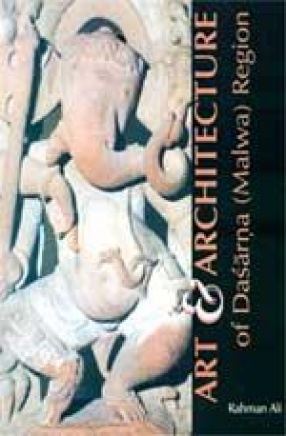

There are no reviews yet.